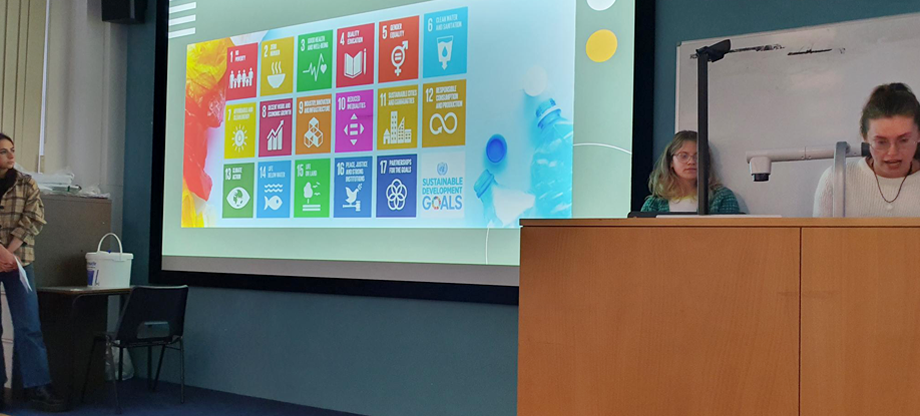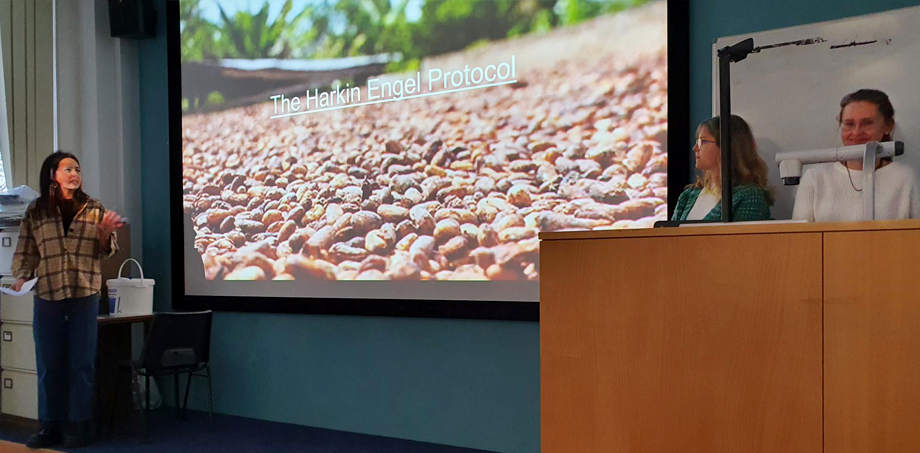Contents (go to): Inquiry ¦ Our Praxis Plan ¦ Action ¦ Artefacts ¦ Reflections ¦ Pictures
160,000,000
Children are working in child labour (ILO Estimates of Child Labour, 2020)
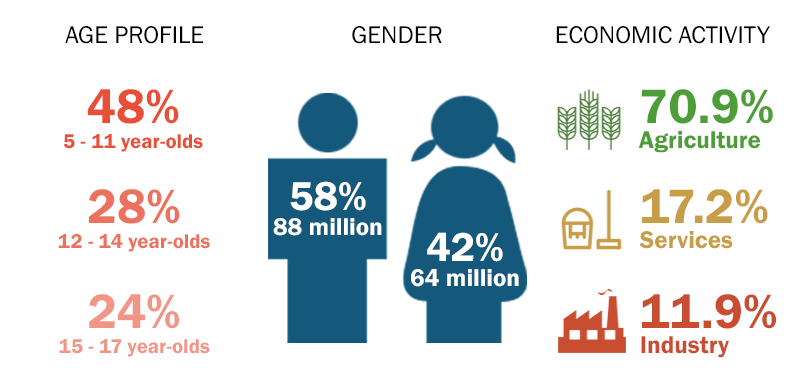
Knowing that in Ireland, child labour is strictly regulated under the Protection of Young Persons (Employment) Act of 1996, how can we expect any less than this for children in other countries? As part of our project, we compiled relevant information on child labour and on ways to take action.
Inquiry
In a Praxis workshop on Child Labour, we were given the opportunity to speak with Ms. Nazma Akter of the Awaj Foundation in Bangladesh, who gave a vivid description of what working in a textile factory as a child was like for her. Apart from the garment industry, the cocoa industry is a second industry with a high prevalence of child labour. In our first assignments, we inquired into these industries and into actions that consumers can take.
1: Child Labour and the Cocoa Industry
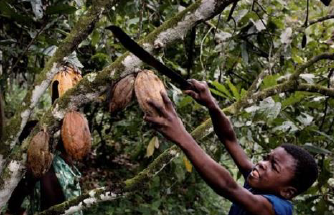
- Ireland is one of the countries with the highest consumption of chocolate confectionery in the world, with a per capita consumption of 3.6kg in 2020.
- In the past decade, journalists and NGOs have drawn attention to the fact that cocoa production largely relies on child labour, particularly in Western Africa and Brazil.
- With increasing demand for chocolate in recent years, the industry’s demand for cheap cocoa has increased.
- Most cocoa farmers earn less than $1 per day and therefore rely on child labourers to keep prices low.
- The Harkin Engel protocol:
- Sometimes referred to as the Cocoa protocol.
- International agreement aimed at ending the worst forms of child labour in the production of cocoa.
- Prescribes a comprehensive six-point problem-solving approach along with eliminating the use of abusive child labour in coca-growing.
- Marks the companies from United States, Europe, and United Kingdom taking responsibility for addressing child labour in their supply chains.
- Labels:
- The chocolate companies are not intimately connected to the farmers on the ground. The companies should be directly working with the farmers.
- The companies do not make chocolates in the country from where they get the cocoa.
- There are many chocolate companies that are deemed to have insufficient policies on cocoa sourcing.
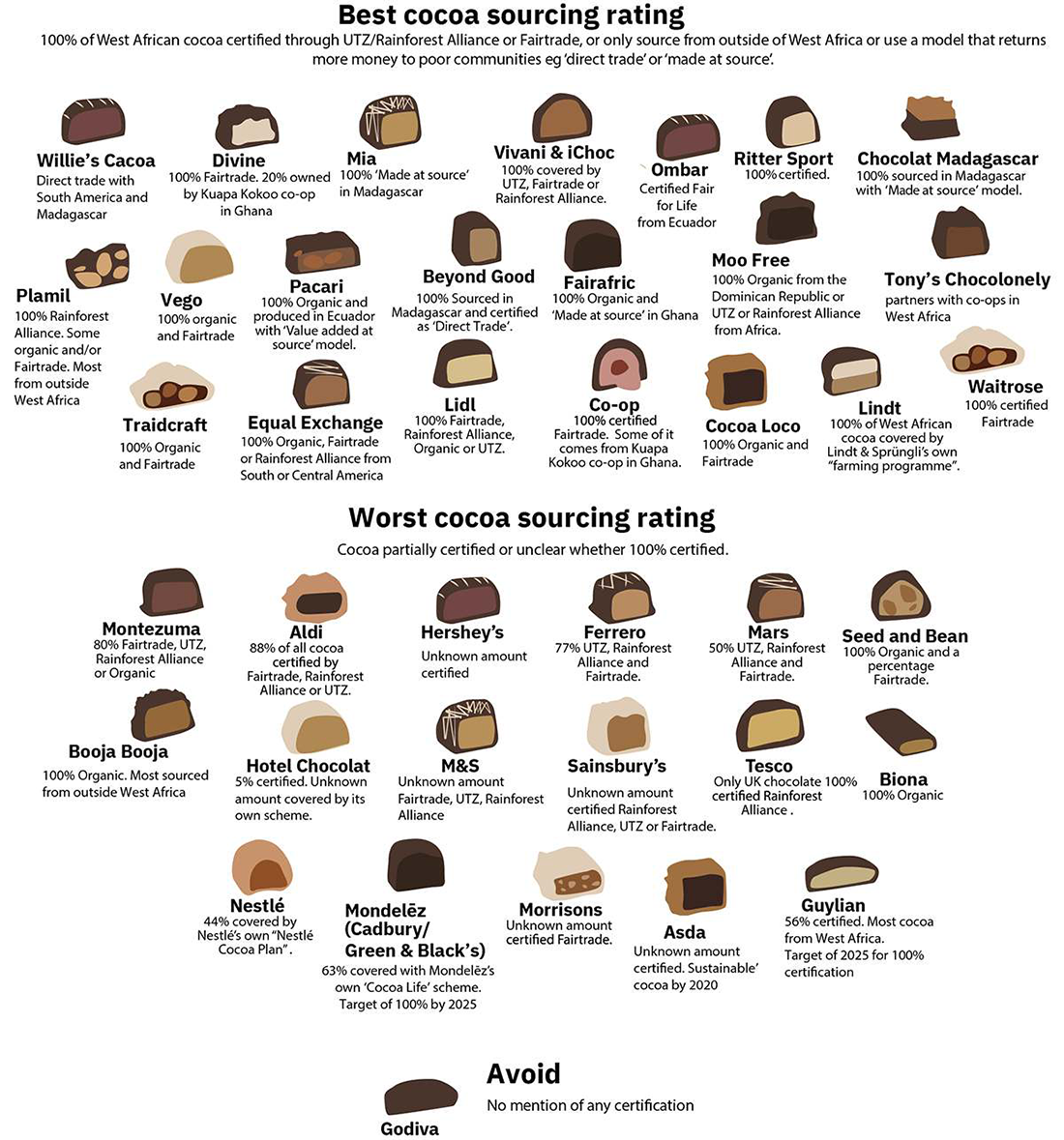
2: Child Labour and the Garment Industry
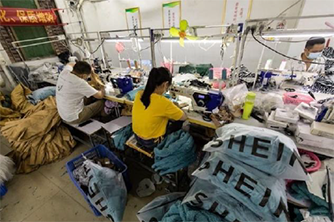
- The use of child labour is rampant in the production of garments.
- The combination of fast fashion and social media has worsened the situation in recent years, creating so-called ‘microtrends’, items that trend for a month or two but are quickly deemed ‘out of style’ and ‘tacky’.
- This produces a huge amount of waste and pressures companies into producing cheap garments as quickly as possible to keep up with demand.
- There is less focus on quality and ethical production of garments.
- Recent allegations of child labour in both low end and high street stores.
- E.g. H&M and GAP both accused of producing garments in factories with workers aged 14-17 working over 12 hours a day for less than £2.75 an hour in 2016<./li>
- BUT: high cost doesn’t necessarily mean ethical production: Yves Saint Laurent and Ralph Lauren have been receiving deliveries from a subsidiary of a company with many factories banned from the US due to use of Ughyur slave labour, likely to be using child labour.
- To reduce the use of child labour in garment production, supply chain transparency is essential.
- Companies can prevent child labour by having frequent in-person audits of factories and having a supply chain map and modern slavery statement easily available on their website
- This pressures the company into knowing about their supply chain and allows consumers to have responsibility.
- Regarding consumer responsibility, consumers should use supply chain maps provided by websites, check modern slavery statements and reduce overconsumption, as this is one of the main contributors that drives child labour.
- A really helpful website to use for this is goodonyou.com, which combines all this information together and makes it accessible to the average person.
- The Fair Wear foundation:
- Is an independent organisation that monitors labour conditions in garment factories.
- It has 146 member brands that agree to adhere to the labour standards the foundation sets forth.
- In terms of child labour, companies agree to follow the International Labour Organization conventions.
Our Praxis Plan
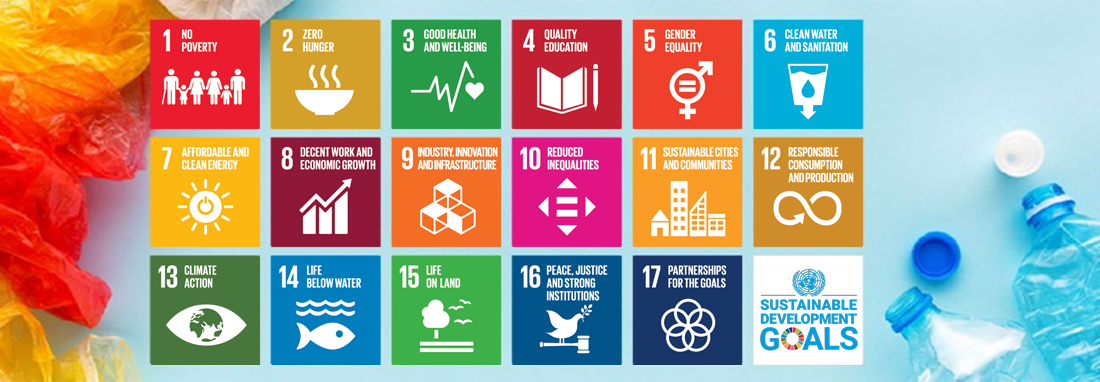
As a group, we realised that child labour is a highly complex, systematic issue that cannot be addressed by only looking at one global problem. Therefore, we agreed that it would be helpful to use the United Nation’s Sustainable Development Goals to identify different key problems in this multi-layered issue.
The Sustainable Development Goals, also known as the SDGs, were adopted by the United Nations in 2015, as a universal call to action to end poverty, protect the planet, and to ensure that all citizens of the Earth live in peace and prosperity by 2030.
The SDGs target many of the problems caused by postcolonialism, gender inequality, and a lack of sustainability. However, the SDGs do not aim to achieve accountability. This, therefore, does not achieve justice for the millions of children who have their childhoods taken from them by child labour.
These are some of the SDGs that we believe are essential in the pursuit of the elimination of child labour in today’s world.
Goal 1: No Poverty
In countries in Africa and Southern and Western Asia, poverty is a great indicator of whether or not young children are forced to enter child labour. This occurs when a child is forced into the adult work environment to support their family to provide money for such essentials as food.
Goal 2: Zero Hunger
In countries such as South Africa, they have times which are called a ‘Hungry period’, which can last for up to a month. Even when the harvest is good, they still struggle to make ends meet. In contrast to this, in Ireland, one-third of the food purchased is wasted.
GOAL 3: Good Health and Well-being
One of the most important issues to address is the danger in the workplaces in which these children work. Many children work long hours, alongside dangerous equipment and are sometimes employed to do hard physical labour in places such as mines and factories.
GOAL 4: Quality Education
Children should be allowed to be children; to live a carefree life without the responsibility of earning money to support the adults in any society. It is the responsibility of the developed world to ensure that children are not thrust into an adult environment which is dangerous and sometimes life-threatening. The education of children will provide this.
GOAL 5: Gender Equality
Disproportionally more women and girls are involved in the jobs associated with child labour such as the garment industry and the agricultural industry. UNICEF states that gender equality means that men and women and girls and boys enjoy the same rights, resources, opportunities and protections.
GOAL 6: Decent Work and Economic Growth
In the garment industry and in hard physical labour, the work done is not always safe.
Action
Firstly, we wanted to create awareness of the issue of child labour in everyday consumer items by presenting facts and figures to our classmates. At the end of the presentation, we compiled ideas and starting points to combat child labour, including policy making.
1: What Can Businesses Do
- Partner with government and communities.
- Use technologies for tracking materials and monitoring suppliers across their entire complex.
- Mandate all suppliers, and their suppliers, to provide independent third-party-issued certification that they do not utilize child labour.
- Companies can have independent auditors to reflect the diversity of workers on the ground and ensure they have their own community engagement program.
- Have alternative sources of supply. Sometimes even if companies are aware, it takes a long time to find an alternative supplier. So, companies operating in the hot spots of abuse, need to be prepared to switch vendors.
- Adjust their purchasing practices to lighten the load and ensure the factories they have inspected fulfil their orders.
2: What Can We Do
- Buy less, high-quality products and wear more. Make it a cool statement and be proud of it.
- Buy from sustainable brands and also request brands to offer repair services. Few brands in the UK offer lifetime repair services. Demand that from brands.
- Demand repair services and give feedback about products.
- Familiarize oneself with labels.
- Get in touch with organizations which are lobbying for change and engage in their campaign (e.g., globalmarch.org).
- Contact local governments (it is their duty to represent the public so our interests are their interests).
- Policy advocacy.
Policy advocacy
- Are the approaches adopted by organizations and coalitions in trying to change or preserve specific government programs (i.e. public policy).
- There are a number of ideas which characterize this form of activism, such as:
- An advocacy effort or campaign is a structured and sequenced plan of action with the purpose to start, direct, or prevent a specific policy change.
- The ultimate target of any advocacy effort is to influence those who hold decision-making efforts, sometimes we need to put pressure on these people by addressing secondary audiences i.e., the media, the public.
- In all activities and communication tools, advocates are trying to get the target audiences to understand, be convinced, and take action based on the arguments presented.
- Trying to make a change in public policy is usually a relatively slow process as changing attitudes and positions requires ongoing engagement, discussion, argument and negotiation.
- Normally advocacy efforts are carried out by organisations, associations, or coalitions that represent the interests or positions of certain populations, but an individual may of course spearhead the effort.
Artefacts
1: Resources
- goodonyou.eco allows you to quickly research brands, you can check their ‘Labour Rating’ to see if their supply chain is certified by labour standards which ensure worker health and safety, living wages or other labour rights including child labour, it also recommends alternative shops with similar styles and better ratings so customers can make an informed decision..
- https://www.slavefreechocolate.org/ethical-chocolate-companies provides a list of chocolate companies with ethically produced cocoa as well as a helpful guide for customers, if your favourite chocolate brand is not on this list you could email them to join, increasing their publicity and customer base while also encouraging them to inspect their supply chain.
Children as young as five years of age are exposed to hazardous work, around 1.5 million children work in cocoa production in Ghana and Ivory Coast alone.
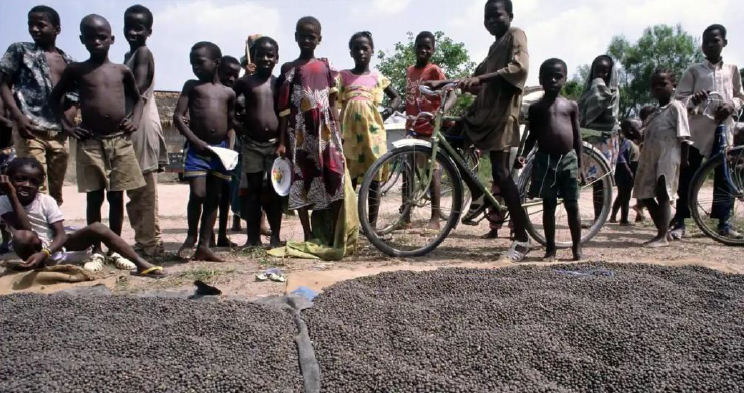
2: Discussion
Evidently, child labour is a highly complex issue that affects all of us. It is therefore necessary to ask the following questions:
Whose responsibility is it to prevent child labour? Government? Companies? Consumers?
What can we do as consumers to prevent child labour?
What impact do the consumers’ choices have on child labour?
Maybe you can take some time to reflect on these questions and ask friends, family, and colleagues for their opinion. Spreading awareness of the issue of child labour is a key step in combatting it.
Reflections
Kate Higgins:
While working on this project regarding child labour I learnt a lot, not only from my own personal research and the amazing workshops provided, but also from group discussions with fellow group members and classmates during and after our presentation. I realised the importance of awareness and discussion in finding new solutions to decades-old issues. To end child labour, we must fight it at every level, making informed choices as consumers, advocating for policy change in both companies and governments and encouraging education projects in areas where many children are involved in child labour. No child should be denied their education and future for a bar of chocolate or £5 t-shirt.
Emily Walsh:
Whilst working on this project, I was able to explore both the emotive side of the issue of child labour and also the factual and political side with my group. I was made aware of how many of the products that I use and the foods that I eat are created using child labour, and how I have a role to play in stopping child labour as a consumer. I also found it interesting to learn about how much things like postcolonialism, gender inequality and the imbalance of power and resources in the world directly influence the practice of child labour and actively promote it.
In this project, I was in charge of investigating the Sustainable Development Goals (SDGs). I was given cleaner insight into the different facets of the plight of the children working in child labour. Using the SDGs as a lens through which this issue was investigated made it easier for me to observe the injustices faced by these children. This evoked many emotions within me and inspired me to raise awareness about this issue and to help in any way I can.
Hannah Hassmann:
Being part of this Praxis project allowed me to re-consider my behaviour as a consumer and made me realise the power that lies within the consumer’s purchase decisions. It was shocking to hear and read about the extent to which child labour is used in various industries and about the conditions 160 million children live in. Working on the project has definitely encouraged me to take action by spreading awareness, changing my own consumer behaviour, and advocating against child labour with NGOs in my home country, Germany.
In terms of working as a group, I learnt some very interesting cultural differences between Ireland and Germany. This emphasised the importance (but at times also the difficulty) of communicating openly and clearly between 8 people with different cultural backgrounds, but in the end, I think we did that successfully.
Pictures
Group presentation of Child labour: Influencing policy:
